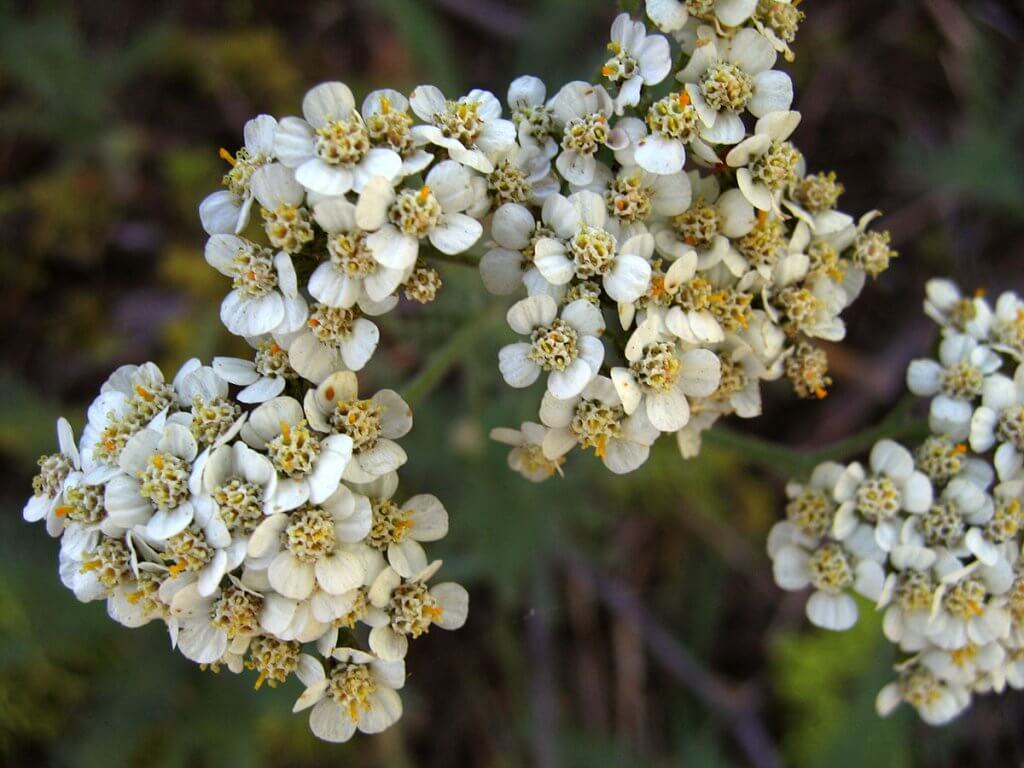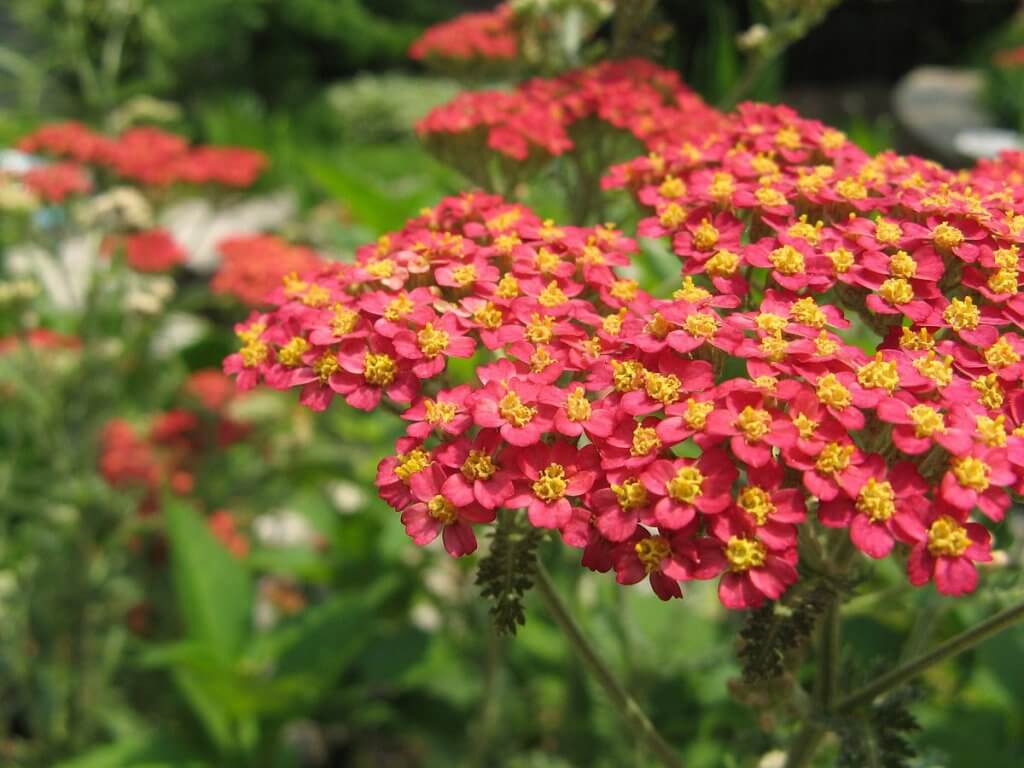
(Photo by: Dawn Endico/Wikimedia Commons)
Known for its lovely flat blooms and classic beauty, yarrow (Achillea millefollium) is a common garden perennial. Aside from that, it’s also popular for its amazing medicinal qualities. Some herbalists have even dubbed yarrow as a herbal panacea. This plant is commonly found in the temperate climate of the Northern hemisphere. It’s native to Asia, Europe, as well as North America and it’s also been cultivated in other regions in the world, such as Australia and New Zealand.
Edibility and culinary use
Yarrow has a strong licorice-like scent and a mildly sweet flavor that’s similar to tarragon. This entire plant is edible, but its leaves and flowers are especially popular to use in recipes. They can be dried and used as a spice. But, fresh flowers and leaves are also great for salads, soups, and stews. Yarrow complements vegetables and fruits well. Add yarrow in your vinaigrette to make a nice salad dressing. You can also add it to sorbets, fruit salads, and even yogurt topped with fresh fruits.
Yarrow is a soft herb which means that high heat will destroy its flavor. For a nice and strong flavor, only add this herb and the end of the cooking process. Also, you might want to use it sparingly so its strong taste and scent don’t overpower your dish.
Health benefits

(Photo by: Timmeh 87/Wikimedia Commons)
Studies have shown that yarrow is a very rich source of nutrients. It contains vitamin A, vitamin C, iron, potassium, magnesium, zinc, phosphorus, niacin, and antioxidants. Ancient sources reported that people mainly used this herb to make salves and balms to heal wounds, stop bleeding, fight infections, reduce swelling and bruising, heal scars, and treat skin problems.
Yarrow tea is also regularly consumed for various health reasons. This herbal tea is very effective in healing flu, cold, sinus problems, chest congestion, cough, fever, upset stomach, diarrhea, gas, and other digestive issues. The robust fragrant of this tea also has a soothing and calming effect, making it great for relieving stress and anxiety. Lastly, yarrow tea is good for maintaining a regular menstruation cycle.
Cultivation
Aside from being a potent medicinal herb, yarrow can be a beautiful addition to your garden. If you’re interested in growing yarrow in your own garden, you’re in luck. It’s a very hardy plant that doesn’t require a lot of maintenance. Moreover, it’s also pest-resistant and its white blooms are great at attracting butterflies.
Yarrow is very frost-hardy and drought-resistant so you can grow them in spots where other plants refuse to grow. This plant can grow in any type of soil, but it will thrive best in well-drained and fairly rich soil. Much like other herbaceous plants, yarrow prefers to be placed in a sunny area. But unlike other plants, it actually thrives on neglect. Avoid overwatering and overfertilizing them.
Before planting, loosen up the soil and fertilize it. If the soil is too moist, add some sand to help it drain properly. Start sowing the seeds in early spring or fall. Plant the seeds around ¼” under the soil and around 2’ apart from each other. They should start to germinate within 14 to 28 days. You can start harvesting the leaves and flowers in the first year’s late summer. After their first year and the plants have settled nicely, you can harvest the leaves anytime.

(Photo by: Phil Sellens/Flickr)
Cautions
Excessive use of yarrow for an extended period of time may cause allergic reactions like headaches and sensitivity to light. It’s advisable to wear gloves while handling yarrow because it might cause rash or dermatitis in some people. This plant can also induce menstruation. So, it’s unsafe during pregnancy as it may cause miscarriage.
Conclusion
Throughout history, yarrow has been cultivated for its beauty and amazing medicinal properties. Yarrow is a great plant to have in your garden; it adds a touch of elegance to your garden while providing you with a valuable herbal remedy. As a hardy perennial plant, you can count on this herb to come back year after year to your garden.
---------------
Writen by Cornelia Tjandra
Cornelia is a freelance writer with a passion for bringing words to life and sharing useful information with the world. Her educational background in natural science and social issues has given her a broad base to approach various topics with ease. Learn more about her writing services on Upwork.com or contact her directly by email at cornelia.tjandra@gmail.com
Many of our readers find that subscribing to Eat The Planet is the best way to make sure they don't miss any of our valuable information about wild edibles.
See our privacy policy for more information about ads on this site







One Response
My yarrow (gathered in the wild; I definitely know how to identify it) smells vaguely like grass, not licorice. When I chew a flower bud, it’s quite bitter. The (nearly-dry) leaves that I’m chewing right now taste a bit salty at first, on the tip of the tongue, and as I chew them, slowly release a milder bitterness than the flower. Licorice scent and mild sweetness are utterly absent to my nose and palate. I do taste something like tarragon in the leaves. Other sites frequently cite yarrow’s bitterness. From what part of the plant do you get a taste of sweetness?